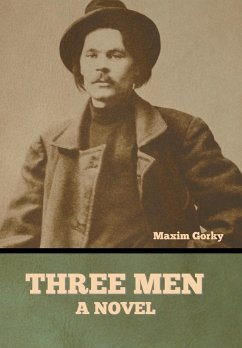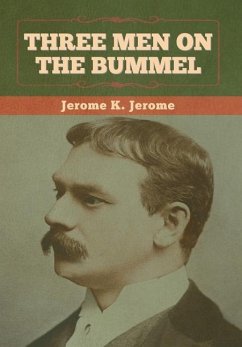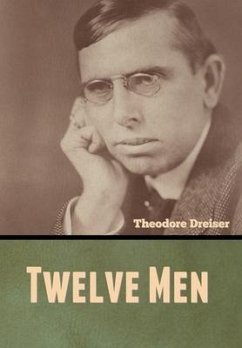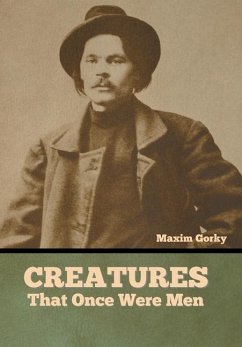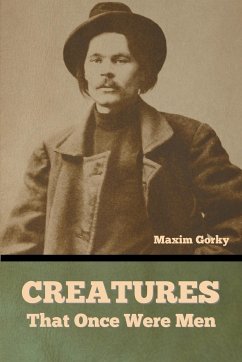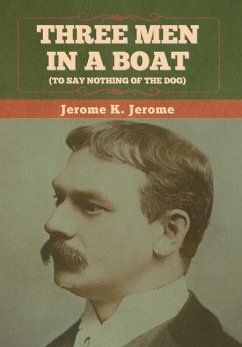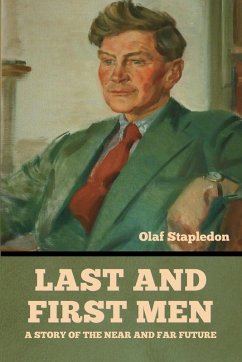
Last and First Men
A Story of the near and far future
Versandkostenfrei!
Versandfertig in über 4 Wochen
24,99 €
inkl. MwSt.

PAYBACK Punkte
12 °P sammeln!
Last and First Men: A Story of the Near and Far Future (1930) is a monumental work of speculative fiction by British philosopher and writer Olaf Stapledon. Unlike traditional novels, it presents a vast future history of humanity spanning billions of years, chronicling the rise and fall of 18 distinct human species across multiple planets, including Earth, Venus, and Neptune. Key Themes & Concepts: Cosmic Evolution & Transhumanism - Stapledon explores the biological, psychological, and social evolution of humanity, imagining successive species that surpass Homo sapiens in intelligence, longevit...
Last and First Men: A Story of the Near and Far Future (1930) is a monumental work of speculative fiction by British philosopher and writer Olaf Stapledon. Unlike traditional novels, it presents a vast future history of humanity spanning billions of years, chronicling the rise and fall of 18 distinct human species across multiple planets, including Earth, Venus, and Neptune. Key Themes & Concepts: Cosmic Evolution & Transhumanism - Stapledon explores the biological, psychological, and social evolution of humanity, imagining successive species that surpass Homo sapiens in intelligence, longevity, and adaptability. Cycles of Civilization - The book depicts repeated collapses and rebirths of human civilizations, often due to war, environmental catastrophe, or technological hubris. Collective Consciousness - Some later human species develop telepathic abilities or group minds, reflecting Stapledon's interest in communal existence beyond individualism. Existential & Philosophical Depth - The novel grapples with humanity's place in the universe, the limits of knowledge, and the possibility of meaning in an indifferent cosmos. Structure & Style: Written as a "future history" from the perspective of the last human species (the Eighteenth Men), the book reads like an epic chronicle rather than a conventional narrative. Stapledon's prose is dense, visionary, and often detached, focusing on grand ideas rather than individual characters. Legacy & Influence: Inspired later science fiction writers like Arthur C. Clarke, Stanislaw Lem, and H.G. Wells (who praised the book). Anticipated concepts like genetic engineering, terraforming, and post-humanism. Its sequel, Star Maker (1937), expands the scope to a cosmic level, tracing the evolution of intelligent life across the universe. Why Read It? A foundational text in "big idea" SF, exploring deep time and the far future long before modern works like Dune or Foundation. A philosophical meditation on progress, intelligence, and the fragility of civilizations. A challenging but rewarding read for fans of speculative thought experiments.



